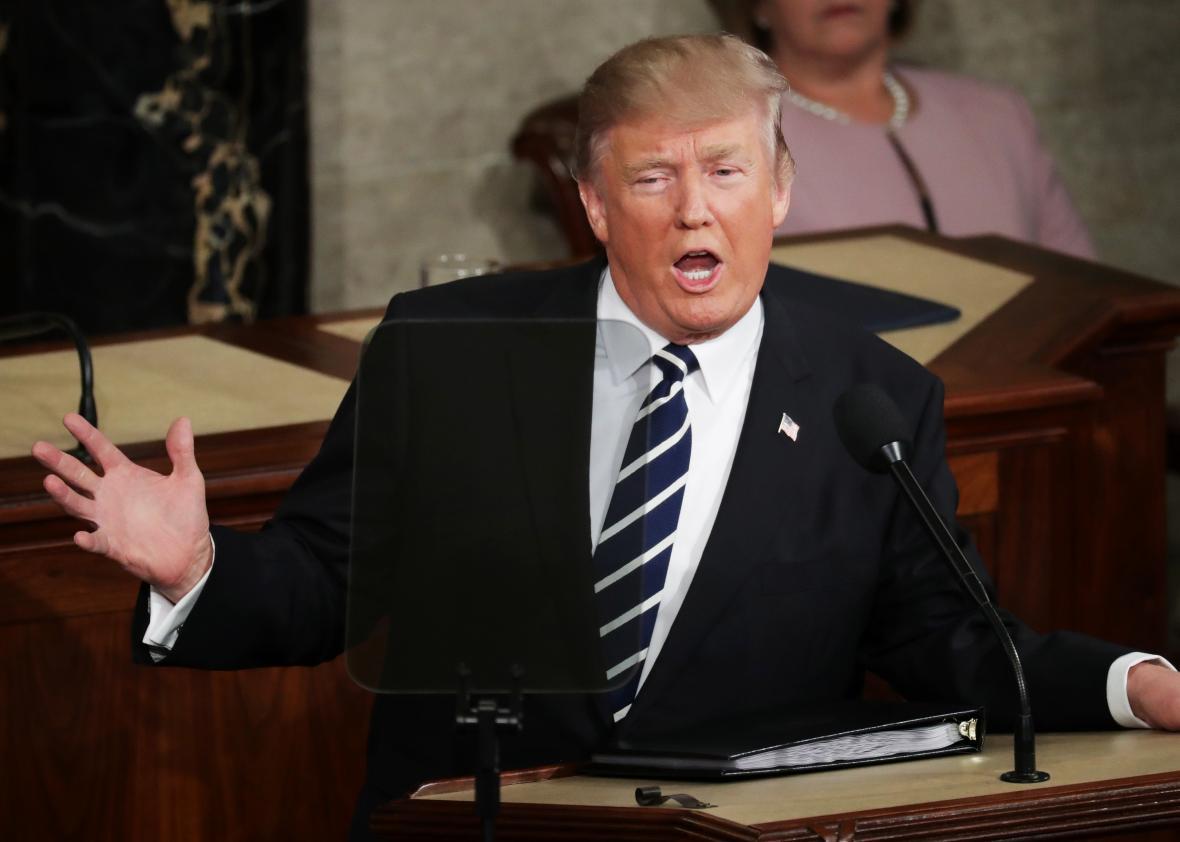Republican leaders have claimed that their new health care legislation will finally stabilize America’s wobbly insurance markets, which under Obamacare have failed to settle down in many states. Unfortunately, there are strong reasons to worry that their proposal would make the damage worse in some markets—and maybe collapse them entirely.
The reason why boils down to two words: adverse selection. That’s the troublesome situation in which customers wait until they get sick to buy health coverage. When it occurs, carriers tend to lose money and pull out of the market; after all, nobody wants to run an insurance business enrolling nothing but congestive heart failure and cancer patients. This has been something of an issue under Obamacare, which banned companies from discriminating against patients with pre-existing conditions, but tried to keep the markets functioning Americans to buy insurance or pay a tax penalty under the individual mandate. Combined, the two rules were supposed to create a balanced risk pool of healthy and sick customers. But the mandate has been less effective than the law’s architects hoped, and many insurers have ended up with an older, sicker customer base than they first anticipated. That’s created problems like higher premiums, and left many counties with just a single insurer on the Affordable Care Act’s exchanges as companies have stopped selling plans.
As I wrote on Tuesday, Trumpcare, in theory, could make the adverse selection problem much worse. That’s because it keeps Obamacare’s pre-existing condition rules intact while nixing the individual mandate. In its place, the law would allow insurers to charge new customers 30 percent extra for a year if they’d previously gone 63 days uninsured. This rule is supposed to encourage people to stay covered, lest they pay a penalty. But in some ways, it creates the exact opposite incentive. Where the individual mandate bites people each year that they don’t buy coverage, Trumpcare’s penalty doesn’t hit until someone buys coverage, and only then makes it more expensive. So once people go two months uninsured, it encourages them to delay buying coverage for as long as possible.
So the incentives are kind of perverse. But how strong are they? We can get a rough sense from the chart below, which was put together by Caroline Pearson, a senior vice president at the health care consulting firm Avalere. It compares how much a 27-year-old would pay for going uninsured under the individual mandate and how much he or she might pay under the Trumpcare penalty. The first striking thing, which Vox’s German Lopez noted earlier this week, is that the Republican proposal hits lower-income Americans hard. Today, those earning less than 300 percent of the poverty line pay $695 under the mandate. Under Trumpcare, the equivalent of a bronze plan could cost them about $1,000 extra. Upper-income young people would end up paying less than today.
Morally, the fact that Trumpcare reserves special punishment for the young and relatively poor is pretty abhorrent. But it also has policy implications, because that’s the demographic insurers desperately need to sign up for coverage. The Department of Health and Human Services has estimated almost 80 percent of the population that’s eligible for an Obamacare plan but has remained uninsured earns less than 400 percent of the poverty line. Any reform meant to fix the individual market needs to get more of those young, lower-middle-class workers to buy insurance, at least if Republicans plan to keep protecting people with pre-existing conditions.
The Trumpcare penalty is really poorly designed to do that. Forcing the uninsured to pay an extra $1,000 for coverage is not going to make anybody more eager to buy insurance. It may discourage some young adults from becoming uninsured in the first place, but people often lose coverage for reasons they can’t avoid, like sudden job loss. It doesn’t help matters that Trumpcare would offer lower-income people less money to help them buy insurance than Obamacare. As conservative health wonk Avik Roy put it, the plan as a whole looks like a “a recipe for adverse-selection death spirals.”
To be fair, there are at least a few ways Trumpcare could overcome these issues. If deregulating the market allows insurers to offer coverage that costs less than the $2,000 tax credit young adults will receive, the penalty might be less of a problem, since young people will have very little reason to ever end up uninsured (of course, that’s a big if). Second, while Trumpcare cuts health insurance subsidies for the poor, it extends them to higher earners—so you may see more young, uninsured middle-class Americans buy coverage, which would help the risk pool. Finally, the GOP plan would also create a large reinsurance fund to compensate insurers that lose money paying for especially sick customers (Obamacare had a temporary version that lasted through 2016). While that might not cure the fundamental problem of adverse selection, it’ll mitigate its effects by reducing insurers’ losses.
But none of that changes the fundamental flaw in the legislation. Republicans have built into the heart of their proposal a giant disincentive for the young and uninsured to buy coverage. They’re chasing away the very customers who are essential to making the market work. It’s a blueprint for, you know, disaster.
